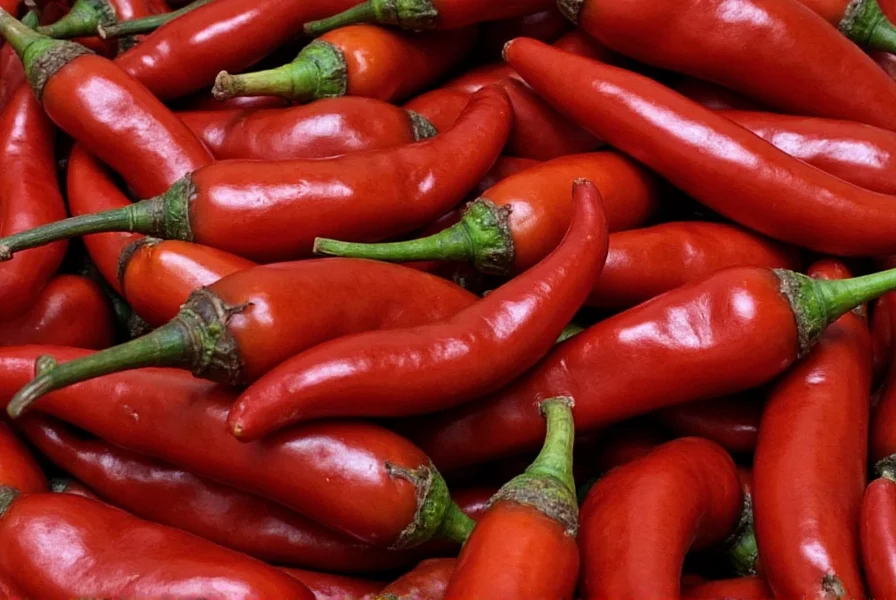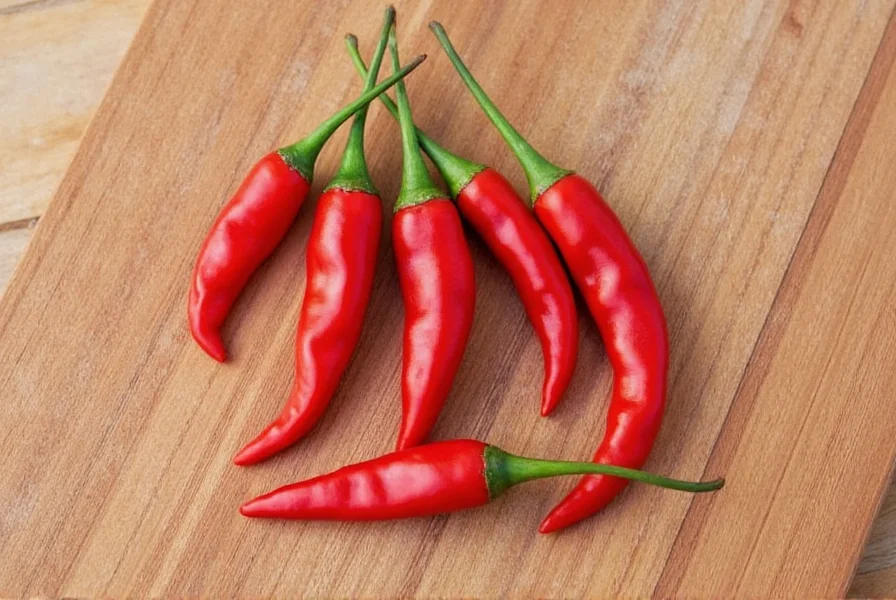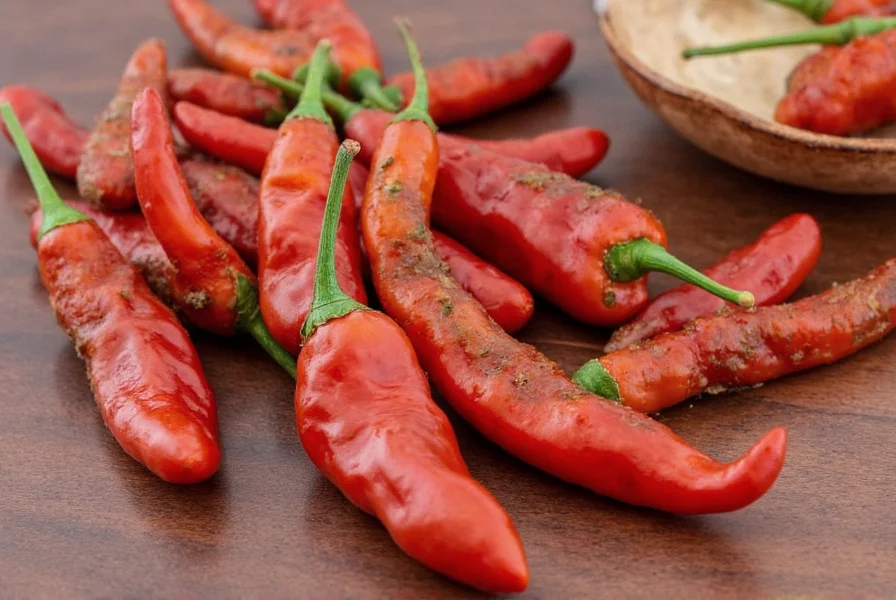Mulato vs. Ancho: Why This Smoky Mexican Chile is Stealing the Spotlight
Table of Contents
- Introduction
- What is Mulato?
- Flavor Profile and Culinary Uses
- Mulato vs. Ancho: A Flavor Face-Off
- Buying Guide: How to Choose and Store Mulato Chiles
- Top 5 Recipes That Shine with Mulato
- Pro Tips for Cooking with Mulato
- Conclusion
Introduction
If you're a spice lover who’s ready to go beyond the usual suspects like cayenne, jalapeño, and paprika, it’s time to dive into the world of dried Mexican chiles. While poblano and ancho peppers get most of the limelight, there's another star in town — one that’s richer, smokier, and deeply complex: the mulato chile.
In this article, we’ll explore what makes mulato unique, how it compares to similar chiles like ancho, and why it deserves a spot in your spice stash. Whether you’re a home cook or a seasoned chef, this guide will give you everything you need to start cooking with confidence (and flavor!).
What is Mulato?
Mulato is a type of dried poblano pepper — but not just any poblano. Unlike its lighter-skinned cousin the ancho (which is also a dried poblano), the mulato is harvested later, giving it more color depth, sweetness, and a distinct earthy undertone. It has a deep brownish-black hue and tends to be slightly wider and softer than an ancho.
Grown primarily in Mexico — especially in the states of Puebla, Oaxaca, and Guerrero — mulato peppers are often used in moles, stews, and sauces where depth and richness matter more than heat. In terms of Scoville units, they sit at around 2,500–3,000 SHU, placing them firmly in the mild-to-medium range.
Flavor Profile and Culinary Uses
What really sets mulato apart from other dried chiles is its complex flavor profile. Here’s what you can expect:
- Earthy: Think forest floor after rain — deep and grounding.
- Smoky: Not like chipotle, but more like the lingering aroma of woodsmoke on a cold night.
- Sweet: With notes of cocoa, coffee, and dried fruit, it brings natural sweetness without being sugary.
- Mellow Heat: Just enough to keep things interesting, but never overwhelming.
This flavor trifecta (earthy + sweet + smoky) makes mulato perfect for slow-cooked dishes like:
- Mole sauces (especially mole negro)
- Stews and braises
- Chili con carne (for added complexity)
- Homemade adobo blends
Mulato vs. Ancho: A Flavor Face-Off
Since both mulato and ancho come from the same family (dried poblanos), it's easy to confuse them. But when it comes to flavor, they play very different roles in the kitchen. Let’s break it down:
| Feature | Mulato | Ancho |
|---|---|---|
| Color | Dark brown to black | Burgundy red |
| Harvest Time | Late harvest | Early harvest |
| Flavor Notes | Coffee, chocolate, licorice, dried figs | Fruity, raisin-like, berry hints |
| Texture | Thicker, oilier skin | Thin, crisp skin |
| Best For | Moles, dark sauces, braised meats | Salsas, marinades, mild sauces |
While ancho brings brightness and fruity notes, mulato adds richness and gravitas. Think of ancho as the lead singer and mulato as the rhythm guitarist — both essential, but each serving a very different role in the band.

Buying Guide: How to Choose and Store Mulato Chiles
When shopping for mulato, you want to avoid the common pitfalls that can turn your next dish into a disappointment. Here’s how to select and store these gems properly:
How to Buy Mulato
- Look for pliability: The best mulatos should bend easily without cracking. Avoid brittle ones — they’ve likely lost their oils and flavors.
- Check the color: Deep brown to black is ideal. Lighter shades may indicate improper drying or age.
- Sniff test: They should smell rich, almost like sun-warmed earth with hints of cocoa and tobacco.
- Avoid mold spots: Any sign of dampness or discoloration means they’re past their prime.
Storage Tips
- Airtight container: Store in a sealed bag or jar away from light and moisture.
- Refrigeration: To extend shelf life (up to 6 months), keep in the fridge in a ziplock bag.
- Freezing: Yes! You can freeze whole mulatos for up to a year. Thaw before using — no need to roast unless your recipe requires it.

Top 5 Recipes That Shine with Mulato
If you’re wondering how to put your mulato chiles to work, here are five standout recipes that make the most of their deep, smoky-sweet magic:
- Mulato Mole Sauce: The backbone of many traditional Mexican dishes. Combine rehydrated mulato with sesame seeds, almonds, tomatoes, and spices for a sauce that pairs beautifully with chicken, pork, or tamales.
- Spiced Braised Short Ribs: Add a couple of soaked and chopped mulatos to your braise for extra depth and warmth. Works especially well with red wine and root vegetables.
- Mulato Adobo Rub: Mix ground mulato with garlic powder, oregano, cumin, and salt for a dry rub that elevates grilled meats, tofu, or even roasted veggies.
- Smoky Bean Chili: Swap out some of your standard chili powder for ground mulato for a richer, darker note in your bean-based chili.
- Hot Chocolate with a Kick: Believe it or not, mulato adds a subtle, spicy warmth to drinking chocolate. Just toast and grind a small piece, then mix into your cocoa.

Pro Tips for Cooking with Mulato
Ready to unlock the full potential of mulato? Here are some pro-level tips that’ll help you bring out the best in every dish:
- Toast First, Always: Lightly toasting mulato in a dry skillet enhances its oils and intensifies its aroma. Be careful — don’t let them burn!
- Remove Seeds for Milder Flavor: If you prefer less heat, discard the seeds and veins before soaking or grinding.
- Soak for Sauces: Rehydrate mulato in hot water, broth, or even beer for 20–30 minutes before blending into sauces for a smoother texture and deeper flavor.
- Blend with Other Chiles: Pair mulato with guajillo for a tangy edge or pasilla for even more depth. It plays well with others!
- Use in Ground Form: Once dried and toasted, mulato can be ground into a flavorful powder. Store it in an airtight jar and use like paprika or chili powder in soups, stews, and dressings.
Conclusion
The mulato chile may not have the flashy reputation of ancho or the fiery drama of habanero, but what it lacks in fame, it makes up for in flavor. Its rich, smoky sweetness makes it an indispensable player in Mexican cuisine — and increasingly in global kitchens as well.
Whether you’re making a classic mole, experimenting with spice blends, or just looking to add a new layer of flavor to your cooking, mulato is worth seeking out. And now that you know how to choose, store, and use it like a pro, there’s no reason not to fall in love with this unsung hero of the spice rack.
So next time you reach for that bottle of chili powder, consider reaching for a mulato instead. Your taste buds will thank you.










 浙公网安备
33010002000092号
浙公网安备
33010002000092号 浙B2-20120091-4
浙B2-20120091-4